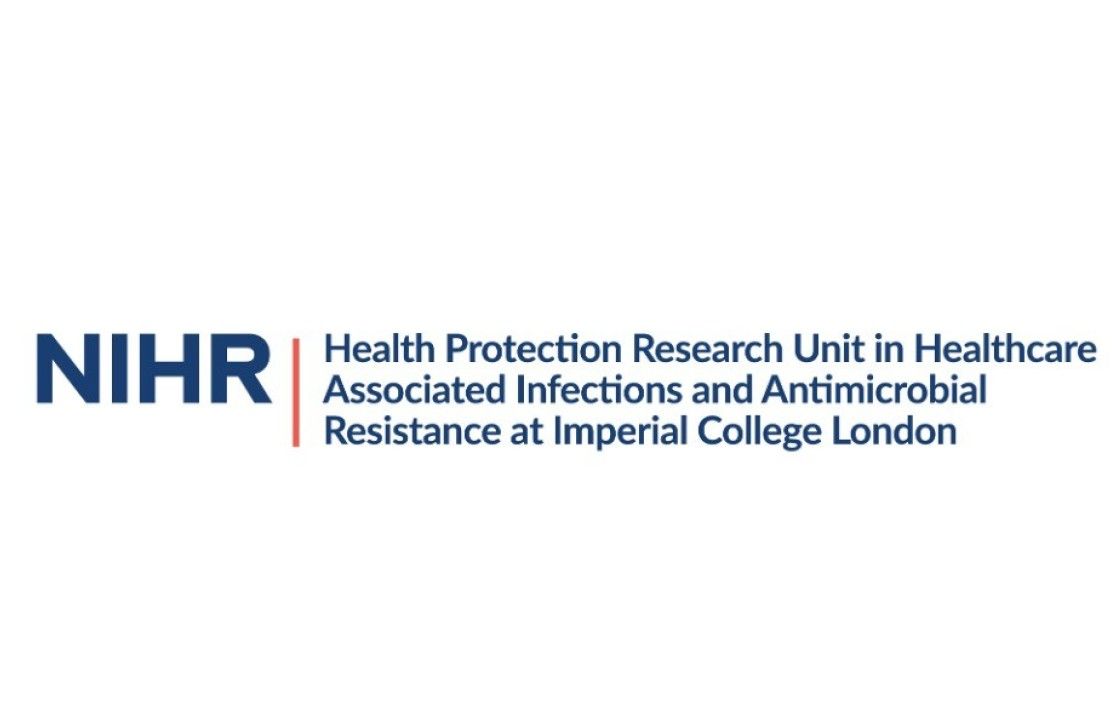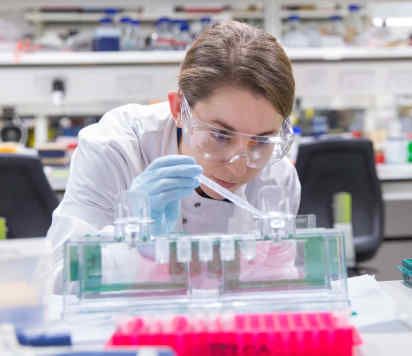BibTex format
@article{Hughes:2020:10.1016/j.cmi.2020.06.025,
author = {Hughes, S and Troise, O and Donaldson, H and Mughal, N and Moore, LSP},
doi = {10.1016/j.cmi.2020.06.025},
journal = {Clinical Microbiology and Infection},
pages = {1395--1399},
title = {Bacterial and fungal coinfection among hospitalised patients with COVID-19: A retrospective cohort study in a UK secondary care setting},
url = {http://dx.doi.org/10.1016/j.cmi.2020.06.025},
volume = {26},
year = {2020}
}
RIS format (EndNote, RefMan)
TY - JOUR
AB - ObjectivesWe investigate the incidence of bacterial and fungal co-infection of hospitalised patients with confirmed SARS-CoV-2 in this retrospective observational study across two London hospitals during the first UK wave of COVID-19.MethodsA retrospective case-series of hospitalised patients with confirmed SARS-CoV-2 by PCR was analysed across two acute NHS hospitals (February 20–April 20; each isolate reviewed independently in parallel). This was contrasted to a control group of influenza positive patients admitted during 2019/20 flu season. Patient demographics, microbiology, and clinical outcomes were analysed.Results836 patients with confirmed SARS-CoV-2 were included; 27/836(3.2%) had early confirmed bacterial isolates identified (0-5 days post-admission) rising to 51/836(6.1%) throughout admission. Blood cultures, respiratory samples, pneumococcal or legionella urinary antigens, and respiratory viral PCR panels were obtained from 643(77%), 112(13%), 249(30%), 246(29%) and 250(30%) COVID-19 patients, respectively. A positive blood culture was identified in 60(7.1%) patients, of which 39/60 were classified as contaminants. Bacteraemia secondary to respiratory infection was confirmed in two cases (1 community-acquired K. pneumoniae and 1 ventilator-associated E. cloacae). Line-related bacteraemia was identified in six patients (3 candida, 2 Enterococcus spp. and 1 Pseudomonas aeruginosa). All other community acquired bacteraemias(16) were attributed to non-respiratory infection. Zero concomitant pneumococcal, legionella or influenza infection was detected. A low yield of positive respiratory cultures was identified; S. aureus the most common respiratory pathogen isolated in community-acquired coinfection (4/24;16.7%) with pseudomonas and yeast identified in late-onset infection. Invasive fungal infections (n=3) were attributed to line related infections. Comparable rates of positive co-infection were identified in the control group of confirmed influenza i
AU - Hughes,S
AU - Troise,O
AU - Donaldson,H
AU - Mughal,N
AU - Moore,LSP
DO - 10.1016/j.cmi.2020.06.025
EP - 1399
PY - 2020///
SN - 1198-743X
SP - 1395
TI - Bacterial and fungal coinfection among hospitalised patients with COVID-19: A retrospective cohort study in a UK secondary care setting
T2 - Clinical Microbiology and Infection
UR - http://dx.doi.org/10.1016/j.cmi.2020.06.025
UR - https://www.sciencedirect.com/science/article/pii/S1198743X20303694?via%3Dihub
VL - 26
ER -

